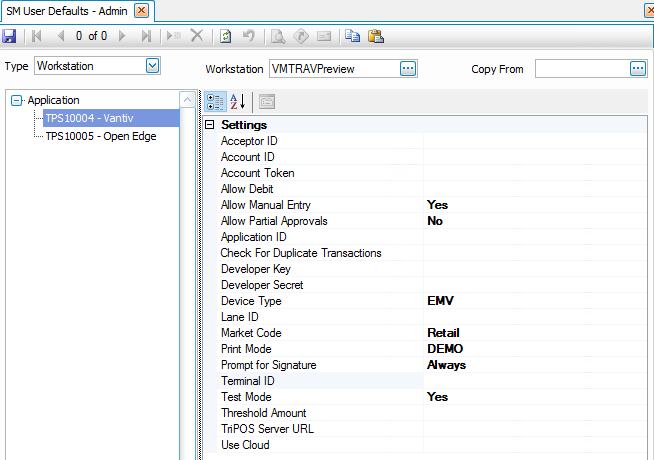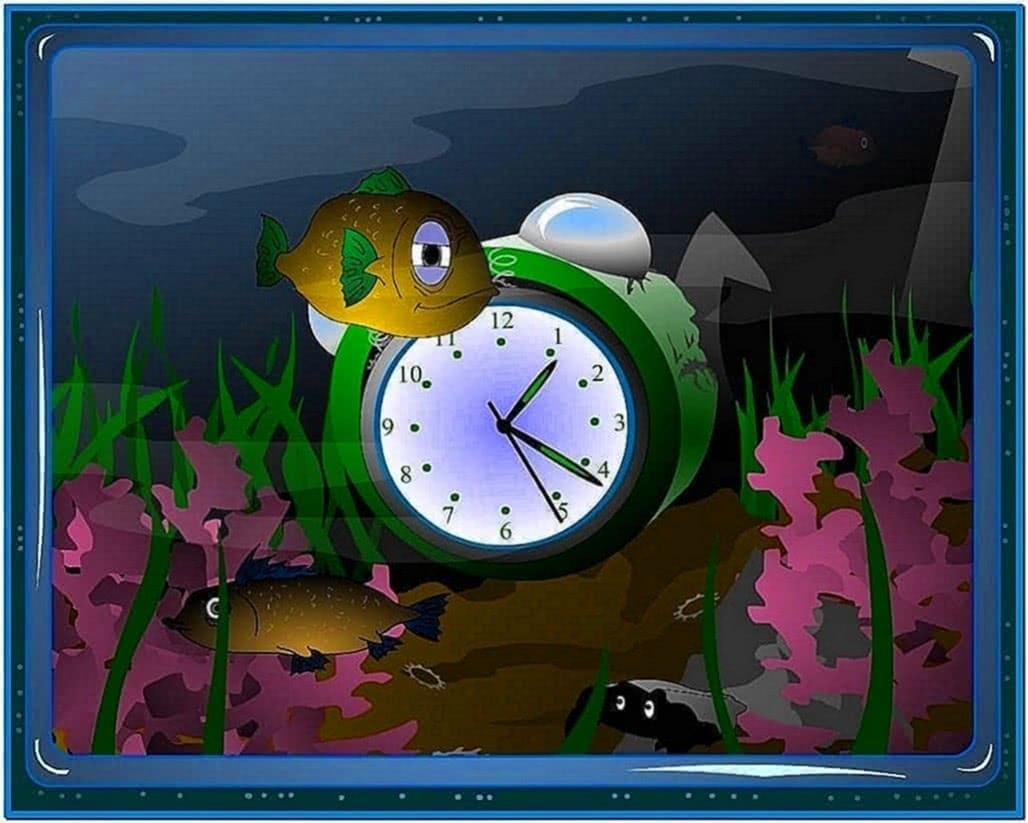

#User defaults swift 3 update update#
The problem I have is the following : User can write a note (saved in UserDefaults) and open Notification Center and watch his notes in a TodayExtension. use the Editor Resolve Auto Layout Issues Update Frames menu item after adding the constraints. Problem just appears in Swift 2.3 and Swift 3, on iOS 10.

I have had no problem in Swift 2.2 and iOS 9. Catching up on updates: Skip or go straight to.
#User defaults swift 3 update code#
Here is my code of deleting rows from the tableview. I used for storing the value of user default. Im working on an easy note application with today extension. See Save dictionary in userdefaults in swift 3 with xcode 8. I have gone through this to delete rows from UITableView and update array from UserDefaults. I created a simple system to navigate on-screen according to the UserDefaults value, I have a key ”rootStatus” that key I placed inside the enum. 3Obama Appeals for Return to 'Civility,' Politico, February 5, 2010. SwiftUI: Property wrapper that updates the view when the UserDefaults value changes. so if im on the workout detail page to see the sessions, go to the settings page to change the units and will go back to the sessions via. My navigating back i mean that i have a tabbar inside the ContentView, one where you see the settings and one with the workouts, and via that workouts overview you can see the sessions of that workout. By calling the standard property you retrieve the shared defaults. Strongly typed: You declare the type and default value upfront. Yes i could that also but that doesnt change anything. We need to put those two things together: we need a button that, when tapped, creates an ExpenseItem out of our properties and adds it to the expenses items.Īdd this modifier below navigationTitle() in AddView. First, declare a private variable to reference the UserDefaults standard object: private let defaults UserDefaults.standard. We already have properties that store the values from our form, and previously we added a property to store an Expenses object passed in from the ContentView. We’ll tackle those problems in order, starting with actually doing something with the data from AddView. I have tried setting a State variable but this doesnt work either. I want to do this as people can change the location of where the weather should be and I want the user to be able to refresh and see the new locations weather without closing the app and re-opening. However, the app is far from working: any data placed into AddView is completely ignored, and even if it weren’t ignored then it still wouldn’t be saved for future times the app is run. I am trying to refresh the Body section in SwiftUI.

I want to have an Array of strings contains at the second retreive: 'aaa','someothervalue. Now, I want to store an additional value for this key, but I dont want to delete the last value 'aaa' because I need it. The last string stored in this key is 'aaa'. Not depend on any OS or hardware, and we haven’t been able to reproduce it yet. I got User Defaults with the key 'abc' for example and it contains a string. This bug seems to have been around since October 2020. Original Answer-synchronize is deprecated and will be marked with the NSDEPRECATED macro in a future release. synchronize() Waits for any pending asynchronous updates to the defaults database and returns this method is unnecessary and shouldnt be used. iOS supports several types of objects that we can directly save into UserDefaults like Int, String, Float, Double, Bool, URL, Data or collection of these types. A device that has happened once is likely to happen again. As anticipated, it has been deprecated as mentioned in Apple Doc. You can think of the following: AppStorage ('emailAddress') var emailAddress: String ''. It can be seen as a State property which is automatically saved to (and read from) UserDefaults. At this point, our app’s user interface is functional: you’ve seen we can add and delete items, and now we have a sheet showing a user interface to create new expenses. My app user sometimes lost data in UserDefaults when our app launched. AppStorage is a convenient way to save and read variables from UserDefaults and use them in the same way as State properties.


 0 kommentar(er)
0 kommentar(er)
